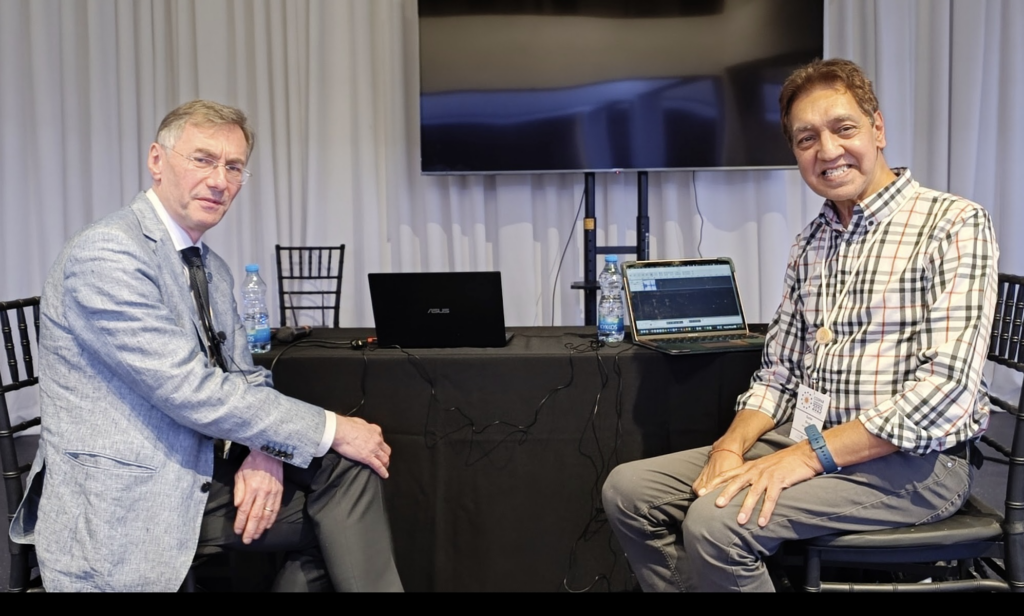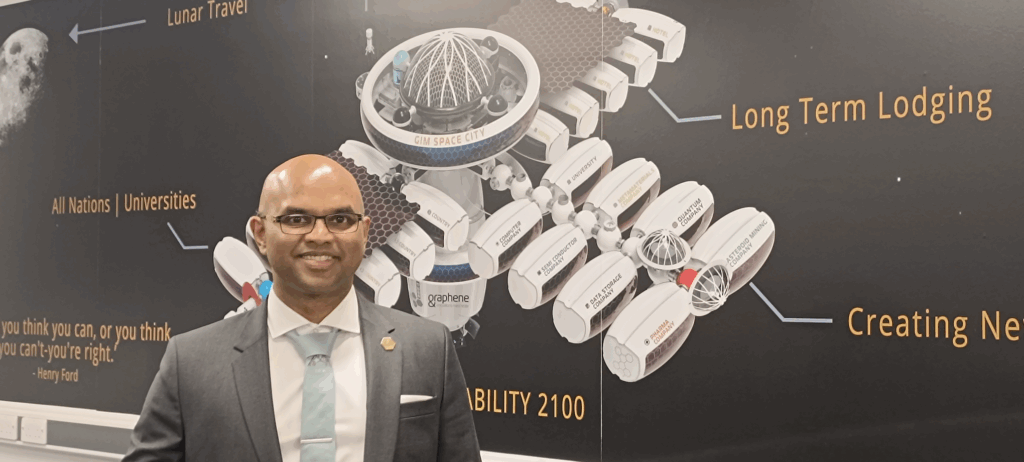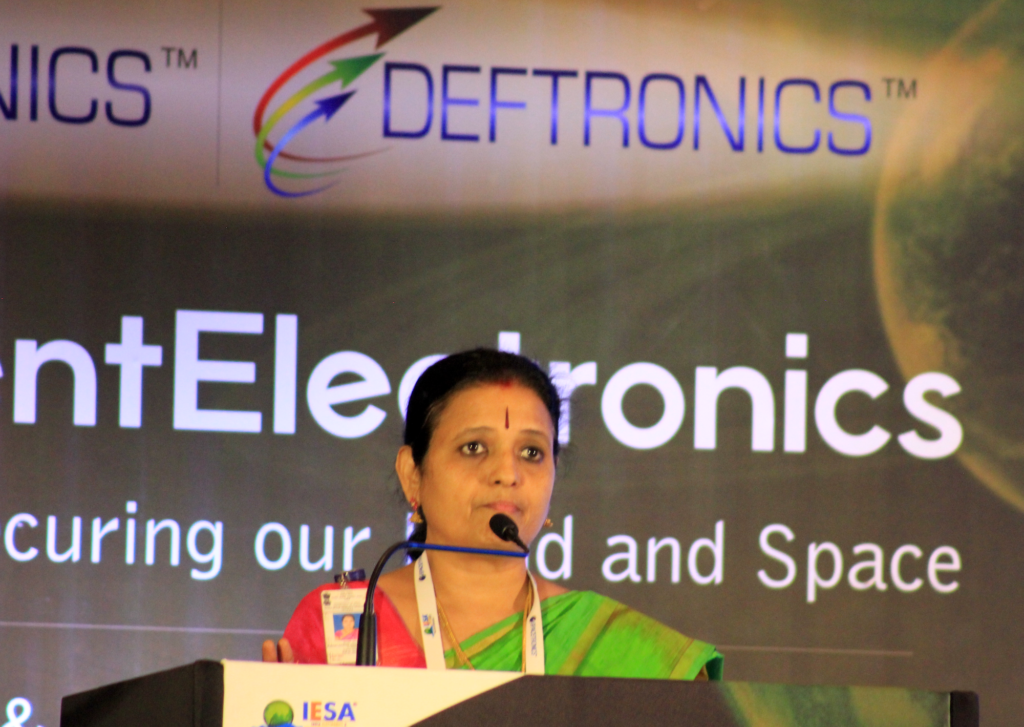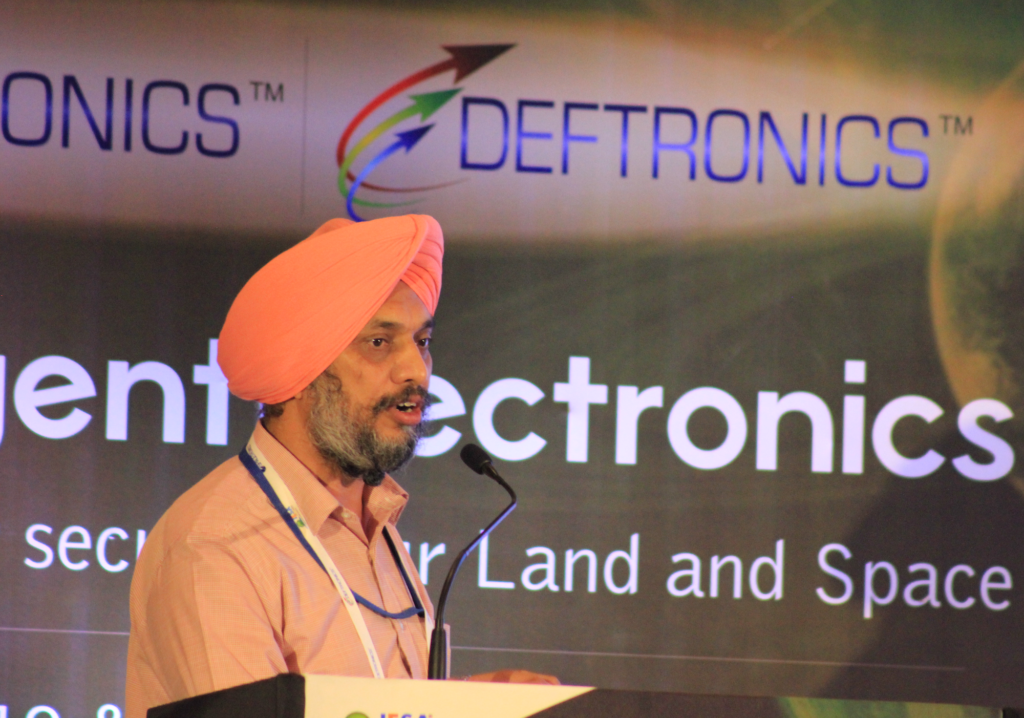
Professor Kai-Uwe Schrogl is a space law expert with experience in many roles, including working with the European Space Agency ESA, the German Federal Ministry for Economic Affairs and as the Director of the European Space Policy Institute (ESPI) in Vienna.
In this interview, recorded in Nicosia during cospar2025.org in November 2025, he discusses concerns about the lack of a universally accepted framework for behaviour and governance for the anticipated increase in commercial missions to the lunar surface by nations and companies.
In this discussion, we cover
- Space law establishes outer space and the Moon as a global common, mandated by the 1967 Outer Space Treaty‘s principles of non-appropriation.
- Outer space is a global common, like Antarctica, the high sea, and the deep seabed, intentionally protected from national appropriation.
- Commercial interests and some nations are attempting to undermine the non-appropriation principle to claim resources, especially through lunar mining.
- The beneficial 1979 Moon Agreement, which enables resource mining through a shared international regime, has not received widespread state ratification.
- Lack of coordination among numerous state and private lunar missions risks conflicts over attractive sites and complicates the necessary oversight by the state.
- The urgent need for Space Traffic Management (STM) is highlighted by the threat of Kessler syndrome, caused by growing space debris and mega-constellations.
- States must harmonise national space licensing regulations to prevent competitive advantages arising from low standards and to avoid the use of flags of convenience.
- Competing lunar governance approaches, including the Artemis Accords and the International Lunar Research Station (ILRS), demonstrate a lack of unified coordination and early signs that the UN’s Action Team on Lunar Activities Consultation may be the needed, universally agreed governance framework.




